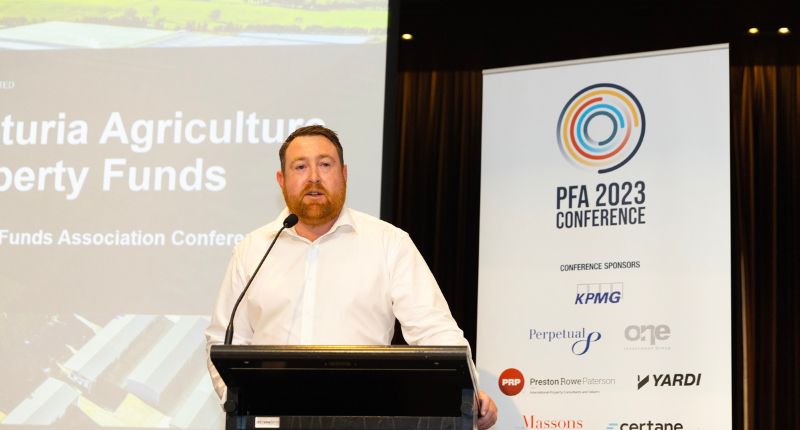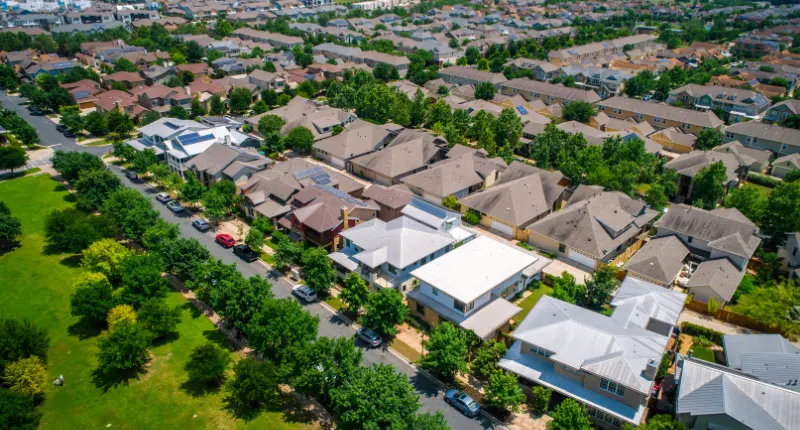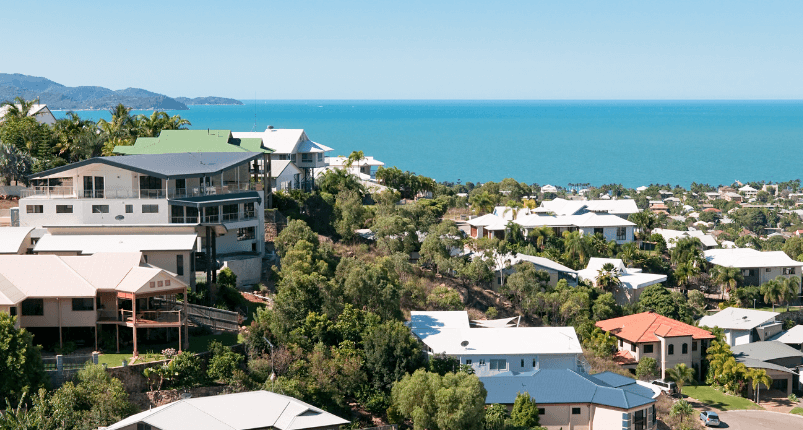- Growing under glass was noted to be more efficient, and led to less food wastage
- The high barrier to entry for protected cropping "reflects the fact it is hard to replicate"
- A growing population will increase demand for food and fibre
As the world’s population grows, investing in the Australian food bowl will become increasingly important.
Speaking at the Property Funds Association (PFA) Conference, Fund Manager – Agriculture at Centuria Capital Group, Kelvin McKeown, said Centuria sees a big future in Australia for intensive farming, with demand for Aussie food and fibre to rise, particularly as the new middle class grows across the globe.
The productivity, value relationship
Intensive farming accounts for circa 400,000 hectares, according to Australian Bureau of Statistics figures cited by McKeown. “While this is substantial it is still low compared to land allocated to traditional farming methods,” he said.
“As land becomes more productive its value understandably increases, and the yields become very different. While intensive agriculture attracts a high value, it brings potential for high cashflow returns.”
Kelvin McKeown, Fund Manager – Agriculture at Centuria Capital Group
McKeown noted that Centuria’s approach to agricultural funds was different, focussing on cash returns and earning capacity, not just capital growth.
“Centuria sees a long-term vibrant future for these more sophisticated farming assets, which have the potential to deliver attractive cash flows.”
Investing in protected cropping
McKeown said yield focus is driving Centuria to highly productive land including ‘protected cropping’.
This means crops that are grown under large-scale netting or in glasshouses.
While an attractive asset, McKeown noted that the asset only accounts for some 14,000 hectares of Australian farming land.
“Protected cropping includes vine crops such as tomatoes, capsicums and cucumbers in glass houses, substrate berries under plastic tunnels or netting, and mushrooms in warehouses.
“These assets are substantially more efficient and reliable than growing in the field and so generally attract premiums from the supermarkets, particularly as they can grow fresh produce out of season.”
“The barriers to entry are substantial. For example, super high-tech glasshouses cost $5-6 million per hectare to build and are only of value if there is additional demand and available supply agreements, which are not easy to come by.”
The unlisted, open-ended agricultural fund, Centuria Agriculture Fund (CAF) was launched mid-last year, seeded with a $177 million glasshouse in Warragul, Victoria.
CAf also acquired the Sundrop facility in Port Augusta in December 2022.
In March this year, the fund added a 20-hectare tomato glasshouse facility in Guyra, New South Wales, to the portfolio, taking CAF’s glasshouse under management to circa 74 hectares under glass, worth $323 million with a WALE exceeding 18 years*.
Creating almost eight times the tonnage of tomatoes
While requiring constant management and strict biosecurity controls, growing under glass is incredibly productive, said McKeown.
“In a field, there are more problems to contend with. With a crop like tomatoes, you can expect 65 tonnes of fruit per hectare per year. But a glasshouse can achieve 800 tonnes per hectare per year.
“The glasshouse yields are produced with lower inputs, including more efficient watering systems, lower need for fertiliser and pesticides, which means higher water use efficiency, minimal impact on the external environment and low food wastage.”
McKeown added that field-grown produce can also see more variability in ripeness, and some 30% in the wastage of crops; in temperature-controlled and protected environments, the proportion drops to 2%.
“There is a strong sustainability tilt to these assets, combined with outstanding cropping ability. Controlled growing techniques from glasshouses provide significant ESG benefits under long-term leases to our valuable tenant partners.”
~~
* Correct at the time of publication in March 2023.











